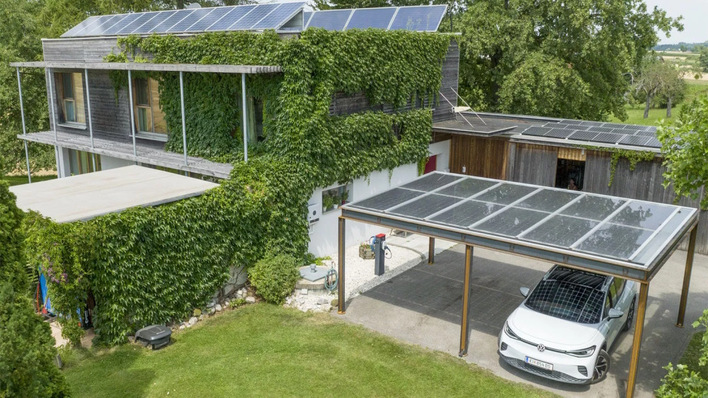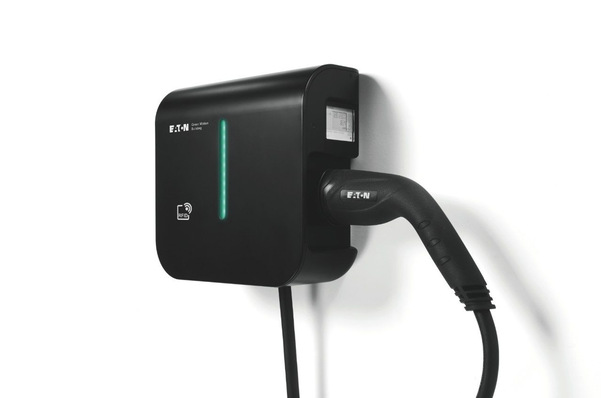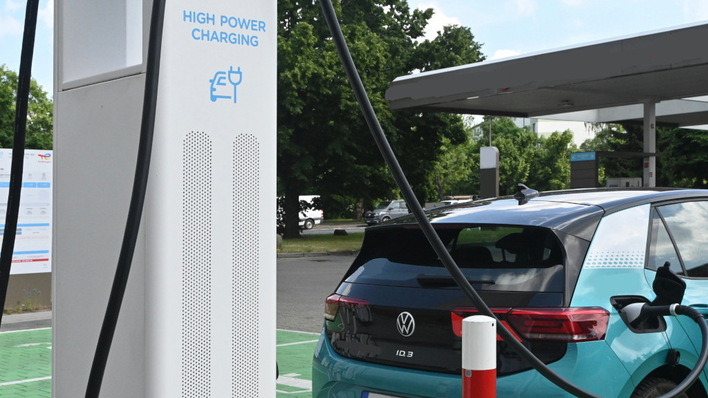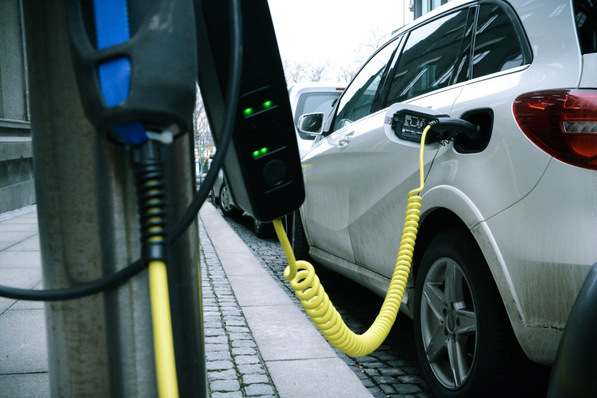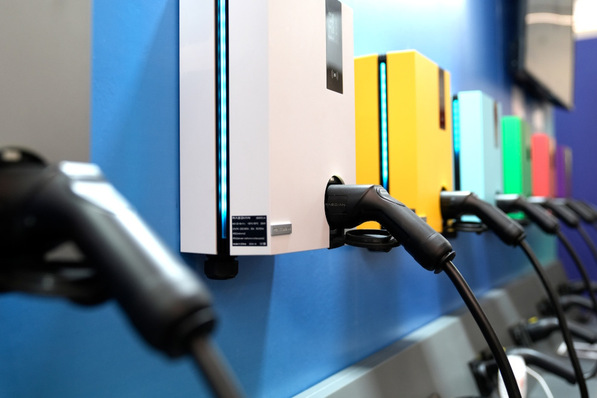The 70MPa SHS utilizes Power Creator, a high-differential-pressure electrolyzer system developed by Honda that generates high-pressure hydrogen gas without the use of a mechanical compressor. Solar Frontier’s CIS thin-film solar panels assume a vital role as the source of power in the Power Creator.
Solar powered fuel cell cars
“The ultimate in eco cars are fuel-cell-powered automobiles that emit zero CO2 or exhaust gas, instead generating power through hydrogen and using that electricity to run. We are delighted to see our solar panels adopted for this demonstration testing, and we look forward to seeing the spread of fuel-cell cars, thus contributing to solving climate change issues.” said Solar Frontier’s Director and Executive Officer Shinji Kato. Solar Frontier will continue to leverage its partnerships across a wide variety of fields to provide a cleaner, more comfortable lifestyle for everyone.
Smart hydrogen station
Coming on the basis of the Japanese Ministry of the Environment’s Low Carbon Technology Research and Development Program, the demonstration testing is being carried forward by Honda with the aim of verifying the operational effect of the 70MPa SHS, which produces solar power-derived hydrogen. The demonstration testing looks at the CO2 reduction effect of the 70MPa SHS under real-world city conditions and its practical utility as a transplantable power-generating facility. This is done by putting the 70MPa SHS in operation with the Clarity Fuel Cell, Honda’s new fuel-cell-powered vehicle; and the Power Exporter 9000, Honda’s V2L-compatible portable external power output device.
Compact Power Creator
The Power Creator differs from the system of extracting hydrogen from fossil fuels that has been predominant with hydrogen stations to date. It instead uses only water and electric power generated with locally produced and consumed energy, as well as renewable energy such as solar power, making possible the production and supply of low-carbon, high-pressure hydrogen gas in short periods of time. Furthermore, the system packages principle components into a small-scale unit of approximately six square meters to achieve a hydrogen station of improved mobility with a heightened degree of freedom compared to when reforming fossil fuels. (HCN)
Related news:
http://www.pveurope.eu/News/E-Mobility/E-mobility-our-insight-stories-at-a-glance
http://www.pveurope.eu/News/E-Mobility/E-mobility-costs-prices-and-finance-at-a-glance
http://www.pveurope.eu/News/E-Mobility/E-Mobility-our-expert-s-interviews-at-a-glance


